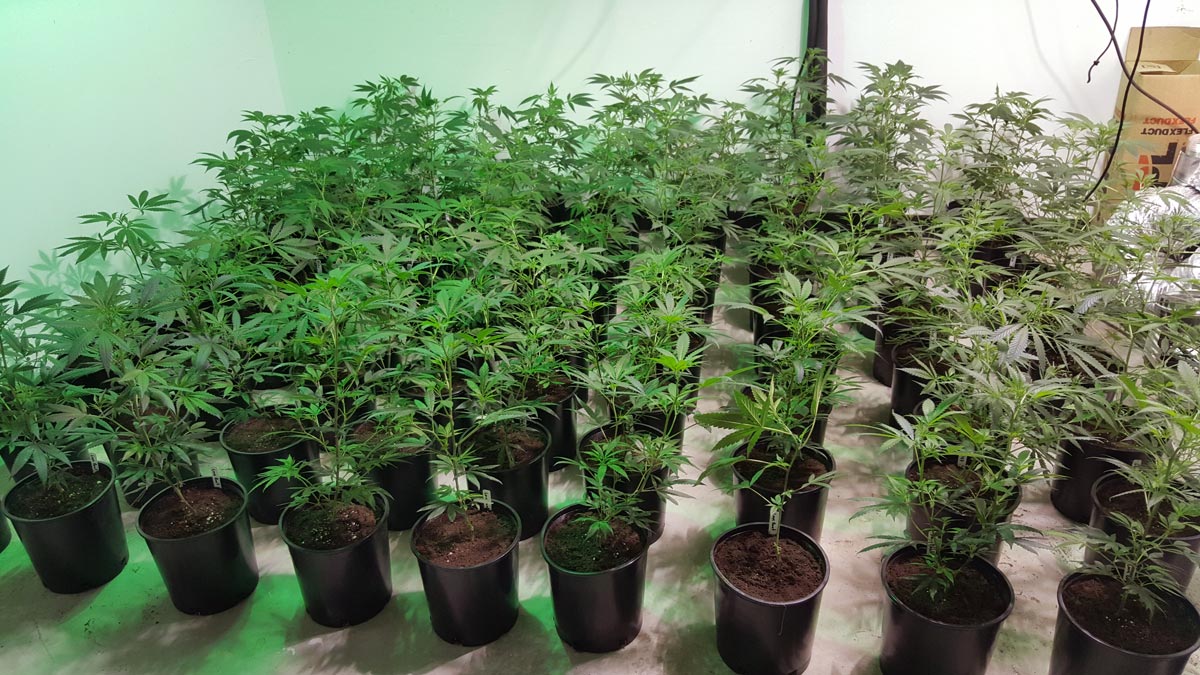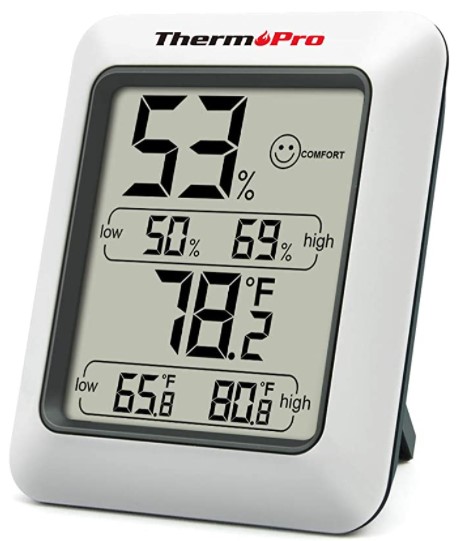Growing Weed Vegetative Stage
Growing Cannabis for Beginners - Part 2 - Growth
The growth phase of the cannabis plant begins when the germination phase ends, and the young seedling begins to grow and become a plant that can enter the flowering stage well and yield an impressive crop. At this point, the plant should be transferred to a pot large enough, take care to feed it continuously and accurately, take care of its lighting times and prune it regularly - all the ongoing actions that will prepare you for optimal flowering.
The end of the first stage in the growing process of the cannabis plant - the germination stage, which we went through in the first part of the guide - brings us to the beginning of the almost most significant stage in the life cycle of the cannabis plant, the growth stage.
The growth stage (also known as green growth or growth stage) is a stage in which the plant prepares the substrate for flowering and requires large amounts of energy and also develops towards becoming a mature plant that can bear heavy and juicy flowers. This stage begins when the height of the plant is between 10-15 cm and has 2-3 branches ("layers") of leaves.
The length of the growth phase depends mainly on the amount of free space the tower has in its growing space, and as long as it is an indoor crop and not a free outdoor crop, the length of the period will be 2-6 weeks. In the first growth on soil or coconut, it is usually recommended to go for 3-4 weeks, but in fact, it is advisable to determine the exact period of time according to the pre-flowering symptoms that will indicate that the plant is ready to move on to the next stage.
During this period, there are a number of main characteristics that need to be taken very seriously. Although this stage is less sensitive than the next stage, even here incorrect treatment can certainly lead to damage to the quality and quantity of the future crop.
Lighting cycle - move to 18/6 until flowering
Cannabis is a light-dependent (photoperiodic) plant whose various stages of growth are outlined by the light cycle to which it is exposed - in nature under sunlight or under dedicated growing lighting that simulates it.
In the wild, the life cycle of the cannabis plant begins in the spring and ends in late fall. Cannabis will begin to bloom, meaning it will enter the flowering stage, when the number of light hours a day begins to decrease towards only 12. As long as the plants are exposed to more than 12 consecutive hours of light each day, they will remain in bloom.
The young seedlings that have sprouted, just like young cuttings, are usually kept under a continuous light regime of 24 hours a day for at least a week. When the height of the plant is between 10-15 cm and the growth phase has begun, the lighting is switched to a cycle of 18 hours of light and 6 hours of darkness - growth lighting.
The setting of the lighting cycle will be done by a timer that will turn on and off the growth light automatically without the need for supervision and close coordination. The timer should be set only once and then left unchanged until flowering begins.
Humidity and temperature - a well-ventilated environment
Cannabis is definitely a sun-loving plant, but there are not many varieties that will benefit from extremely high temperatures. Therefore, it is recommended to maintain a maximum (and not a drop above) of 35 degrees Celsius, with the optimal temperature range should be 23-29 degrees Celsius in light and 16-20 degrees Celsius in the dark.In the growth phase, the optimal humidity is between 60% -70%, no more and no less. Moisture at this level encourages the plant to produce resin, while higher humidity will cause the leaves to expand and produce less resin while too dry air will make growth difficult.
Also, cannabis loves fresh air, with lots of carbon dioxide and winds that encourage growth. In any growing space, even a very small one, we will use fans in addition to blowers to put in and take out air to create good air circulation.
Fertilization - basic and stable, with a strict level of acidity
Cannabis is a "hungry" plant that loves fertilizer in the right dose of nitrogen-potassium-phosphorus (NPK). It is advisable to grow with a liquid fertilizer for the growth phase that contains more nitrogen and is adapted to the type of substrate on which it is grown.
Plants eat through their roots, so we want a healthy and branched root system, preferably one enriched by mycorrhizal fungi. To feed the plant and roots effectively, follow the fertilization tables of the fertilizers you have chosen to use, and it is important to remember that over-fertilization is more dangerous than a lack of fertilizer. Deficiency will impair growth but over-fertilization can kill the plant.
In most fertilizer brands, the entire growth period is counted as one piece and is not divided into separate weeks in terms of the amount of fertilizer. This precise division begins at the flowering stage, but throughout the growth, the fertilizer will be uniform and stable without change - according to what is written in the relevant fertilization table.
Water acidity (PH) affects the absorption of nutrients from the fertilizer provided to plants. When growing on soil we want the acidity (pH) to be around 6. In growing on coco-perlite or hydro it is desirable that the acidity is around 5.5. An acidity meter must be equipped to know the acidity of the water and balance them to match the growing medium.
Watering the plants should be done one by one, carefully and slowly until water comes out of the bottom of the pot (drain) and their flow is stopped. After each watering, we will wait a few days until the substrate is completely dry and only then kiss again. The mistake of most growers is to over-irrigate the roots.
Do not forget - pruning, training and regular treatment against pests
During each growth phase, your plants should be given a number of regular treatments of pruning and getting rid of unnecessary plant material, excess leaves and small branches from which no large flowers will come out in the future.
It is also important to remember that cannabis, like other plants, is prone to diseases and pests. Proper growth at the growth stage will make the plant more resistant to flowering, and it is advisable to get there without any problems.
New growers may be a little apprehensive about "training" methods that are worth doing at this point, but you should at least read about the basic things that will help your plant produce optimal results. Simple methods such as trim and networking can accommodate both beginners, and it is better you get to know them before you start.
If you successfully apply all these simple basics of lighting, fertilization and comprehensive care, even without the use of training methods, the growth process of your plants will be optimal and will bring them to an optimal starting point towards the next and most important step.





Comments
Post a Comment